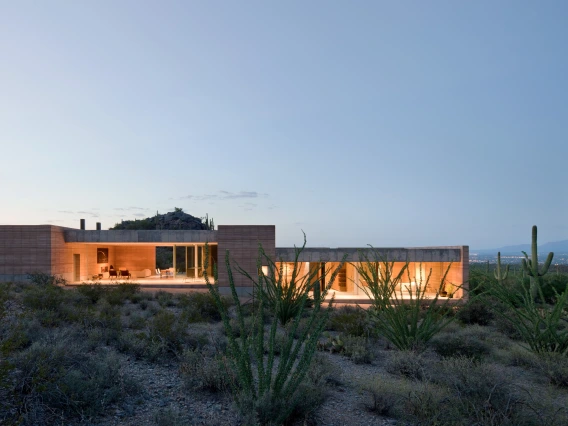
Lecture Recap | "DUST: Origins" by DUST Architects
DUST architects explored how the American Southwest’s desert landscape inspires their work, shaping memory, creativity, and a deep sense of belonging. Its beauty and isolation offer space for reflection and connection to broader human experiences.
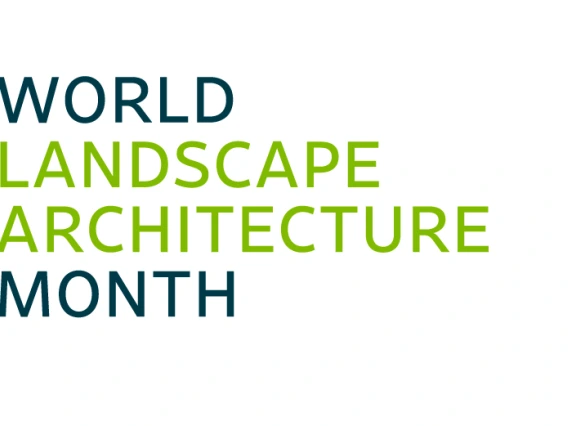
CAPLA celebrates World Landscape Architecture Month
In celebration of World Landscape Architecture Month, CAPLA and the Arizona Chapter of the American Society of Landscape Architects student chapter are taking over the Arizona ASLA Instagram account in April.
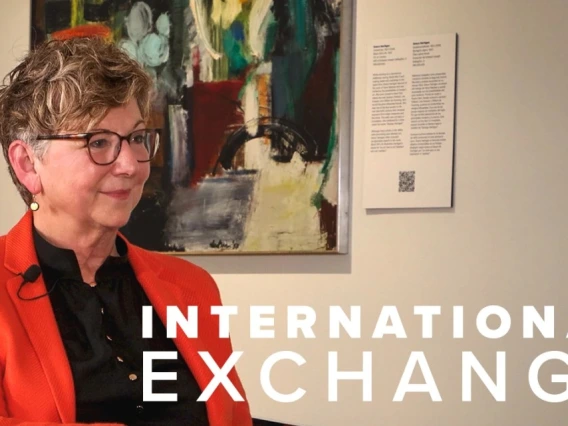
Dean Nancy Pollock-Ellwand shares how global perspectives shape design on ‘International Exchange’
A Canadian and global academic leader, Dean Nancy Pollock-Ellwand reflects on her time in Japan and Australia, her work with UNESCO World Heritage Sites, and the connection between culture and design—highlighting how emotion and global perspectives influence the built environment and the classroom.
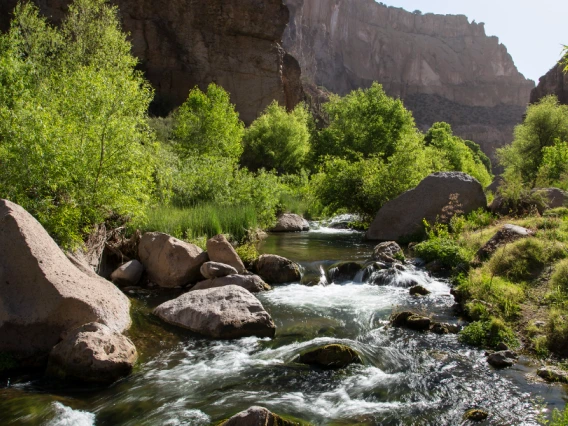
Indigenous Nations and the Right to Water: Relationships, Resources and Futures | Lecture by Heather Whiteman Runs Him
Heather Whiteman Runs Him is a citizen of the Apsaalooke/Crow Nation. She is the Director of the Tribal Justice Clinic and Associate Clinical Professor at University of Arizona Rogers College of Law where she also teaches courses on tribal water rights, tribal courts, and tribal law.

Extreme Heat Planning Works: Building on a Proven Platform at the Second Annual Southern Arizona Heat Summit
Held at the University of Arizona’s ENR2 building, the 2nd Annual Southern Arizona Heat Summit brought together experts and community leaders to discuss strategies for extreme heat preparedness, featuring presentations from City of Tucson Mayor Regina Romero and other officials.
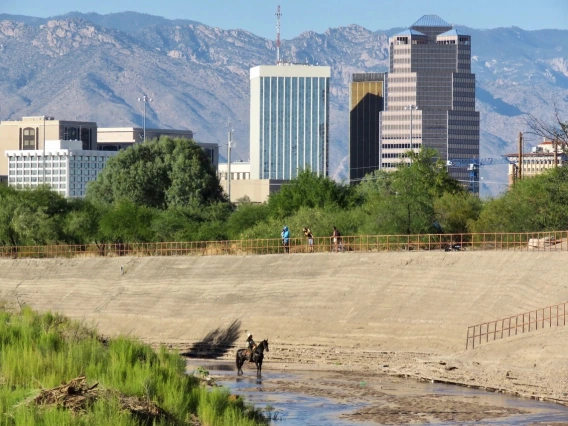
Santa Cruz River moves closer to national designation with guidance from U of A experts
Mackenzie Waller, assistant professor of landscape architecture, leads effort to have portions of the Santa Cruz River added to the U.S. Fish and Wildlife Service's National Wildlife Refuge System.
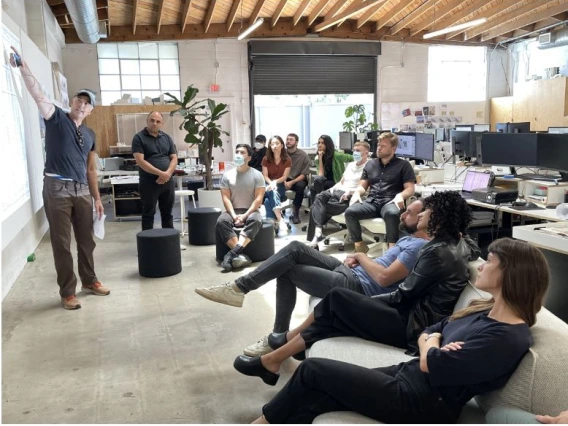
Lecture Recap | "Building in Place" by Lorcan O'Herlihy
Lorcan O’Herlihy discussed his new book, "Building in Place: Architecture Rooted in Context & Social Equity" and explored LOHA’s methodology driving impactful solutions and strategies for architectural projects developed with social, political, and economic context in mind.
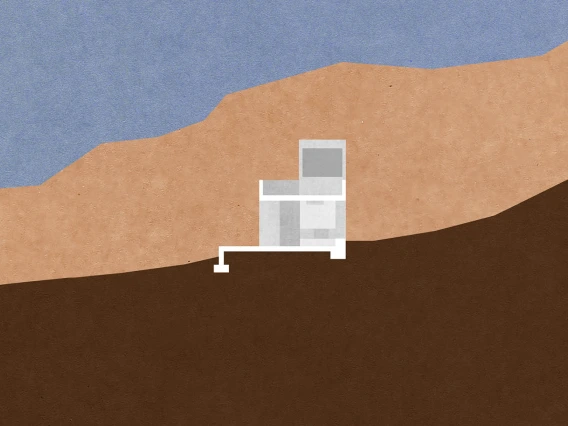
Watch | "The Search" | Lecture by Daniel Toole
Architecture begins with an idea—one strong enough to endure the journey from concept to reality. In his lecture, Daniel Toole reflects on his studio’s first five years, exploring projects across the western landscape, from the Pacific Northwest to Joshua Tree, and recent housing work that navigates growing urban constraints.

Watch | Inaugural CAPLA Lecture Series featuring Lesley Lokko
CAPLA is proud to announce the launch of the CAPLA Lecture Series, which featured renowned architect, academic, and writer, Professor Lesley Lokko, OBE, RIBA as the inaugural speaker.

Interdisciplinary team named finalists in 2024 ArcGIS StoryMaps Competition
An interdisciplinary team of faculty and students from the College of Architecture, Planning, and Landscape Architecture (CAPLA) and the College of Humanities has been named a finalist in the international 2024 ArcGIS StoryMaps Competition.
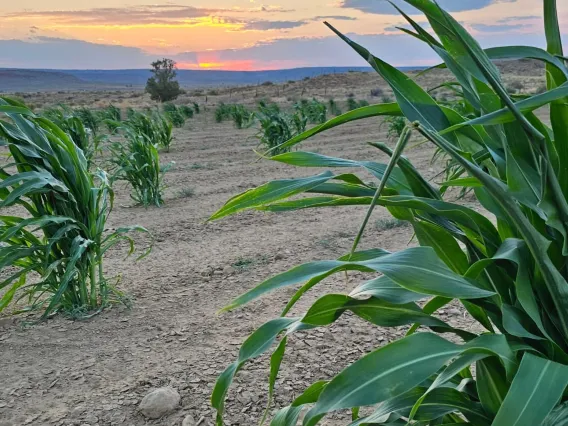
Indigenous Landscapes: An example from Hopi | Lecture by Michael Kotutwa Johnson
This lecture will lead to a greater understanding of how Indigenous people are now viewed as the gatekeepers of biodiversity. Indigenous people in their territories focus on something other than gross domestic product (GDP) but instead on quality and defined relationships within the context of where they live.
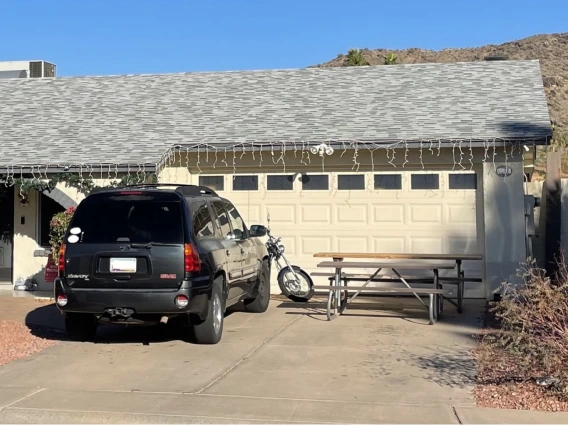
Garages and Driveways: An Adaptable Neighborhood Infrastructure | Lecture by Deirdre Pfeiffer
Residents of America’s single-family home neighborhoods have adapted their car-oriented built environments in resourceful and creative ways. Yet, adaptations of garages and driveways are relatively underexamined. This lecture presented research that helps to theorize garages and driveways as an adaptive neighborhood infrastructure that may help households and communities thrive
